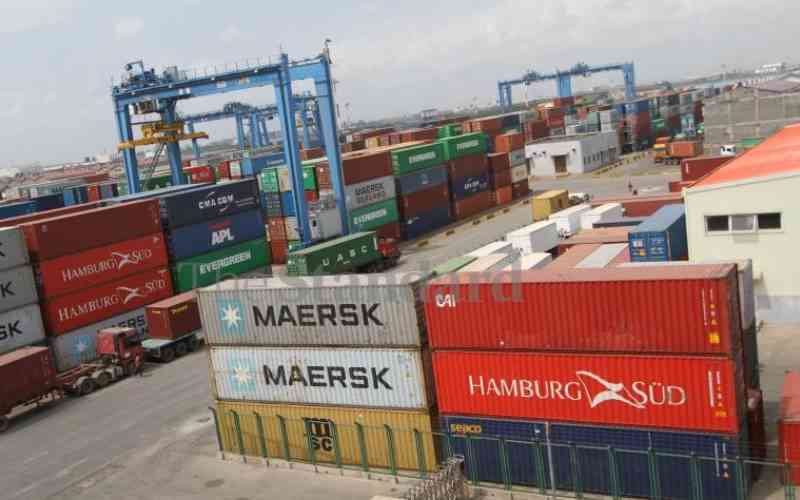×
The Standard e-Paper
Home To Bold Columnists

President William Ruto's raft of measures to improve port efficiency will give Mombasa an edge over its biggest competitor, Dar es Salaam, if implemented.
The measures include making the port operate 24 hours; reducing weighbridges on the Malaba-Mombasa road to two for transit cargo and farming out procurement of scanners to private firms.